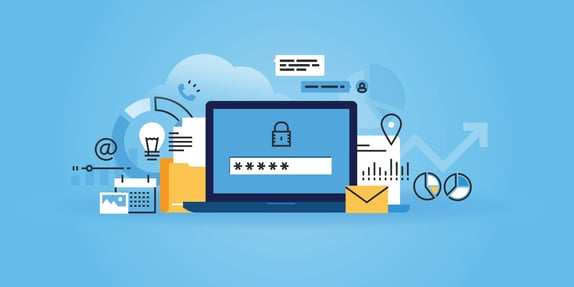Managing Your Website – Part 2: SEO & Analytics
David Gonzales | 17 Nov 2016
Making sure your website is performing to its full potential is equal parts preparation and maintenance. Paying attention to the way search engines work, and planning for search optimization and analytics functionality at the outset can turn your website into a powerful tool for data collection and analysis.
It starts with choosing the right domain name. Web traffic is all about search engines (Google is the largest of these in most of the world, with Bing and Yahoo a distant second and third). Potential customers will find you either by using your URL (uniform resource locator, or web address), or by searching with your name or other keywords that relate to your service or product. It’s a no-brainer to choose a short, appropriate and memorable domain name. And be sure to plaster that URL on all your marketing materials – from business cards and email signatures to brochures and posters.
SEO (Search Engine Optimization)
Changes in the Google search algorithm and approach to keywords have made conventional approaches to SEO less important – it no longer makes sense to stuff your content with selected keywords, for example. However, SEO is still relevant.
The move towards a more semantic web (a less proprietary, more user-friendly framework) means context is more important than the frequency of keywords. Results also matter more than before; user success when searching is a newer focus of SEO. Keep this in mind when planning content and imagining how prospective customers might search for you on the web.
The tech landscape changes rapidly, but one thing has become clear over the past year – social media is de facto the next SEO. Don’t neglect to build a presence on the popular platforms (Facebook, YouTube, Twitter, LinkedIn) and include buttons to direct users to profiles and pages. You can also display social media news feeds and the like by using APIs (application program interfaces) right on your website. Social media interaction (comments, likes, etc.) is regarded as authentic data and is a valuable indicator of customer engagement.
Analytics
The growing sophistication of analytics tools means a wealth of information is available to any company that maintains a web presence.
Analytics can give you a very good idea of your audience – how many visitors, who are they, where are they located, what pages do they visit most? This data allows you to focus on and target your development towards your core audience, or at least be mindful of what they’re using.
It’s important to monitor your site daily to make sure the traffic isn’t dropping, or when you launch new content, so you can track the reaction to it. We have our own in-house analytics system at Calance, but we also use Google Analytics, which is a really robust program that is constantly being improved.
Updating Content
It’s also important to regularly re-fresh or add to the content on your website. Every company should have their own schedule for that – but at least once a month as a general rule, you should be adding content. This is so the search engines can pick it up and you don’t lose your status on the search results page – if you have static content that doesn’t change it’s going to affect your search results ranking because Google will assume the site is losing authority because it hasn’t been updated.
For more, read parts 1 and 3 of this series.
Contact us to see what we can do to improve your SEO.


